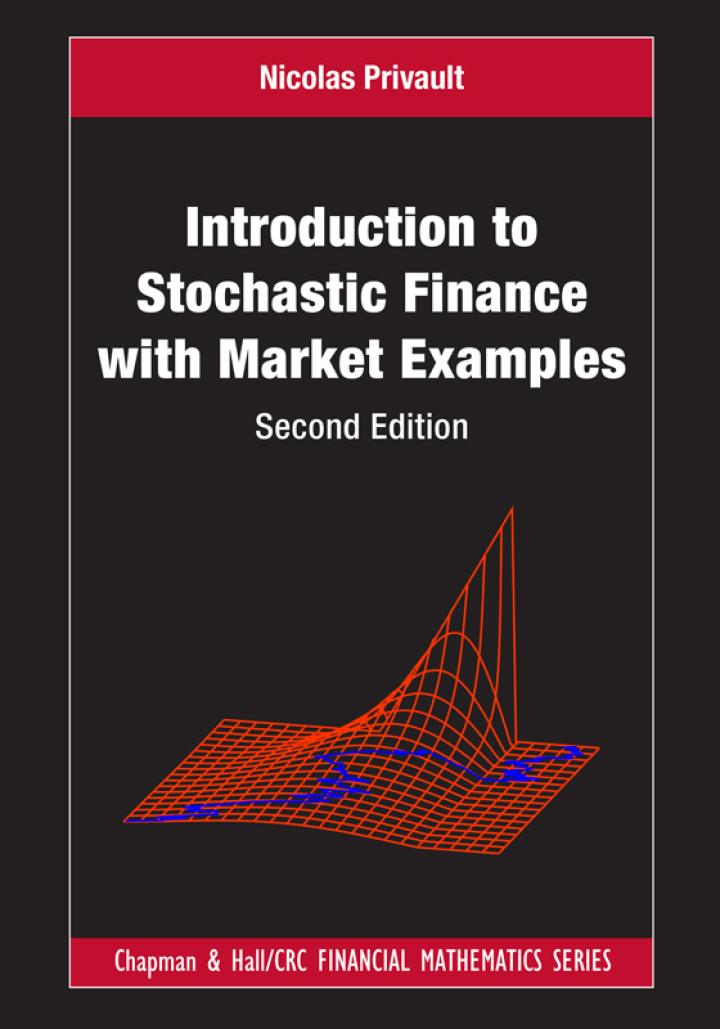We consider a riskless asset valued (S_{k}^{(0)}=S_{0}^{(0)}, k=0,1, ldots, N), where the risk-free interest rate is (r=0),
Question:
We consider a riskless asset valued \(S_{k}^{(0)}=S_{0}^{(0)}, k=0,1, \ldots, N\), where the risk-free interest rate is \(r=0\), and a risky asset \(S^{(1)}\) whose returns \(R_{k}:=\frac{S_{k}^{(1)}-S_{k-1}^{(1)}}{S_{k-1}^{(1)}}\), \(k=1,2, \ldots, N\), form a sequence of independent identically distributed random variables taking three values \(\{-b
\[
p^{*}:=\mathbb{P}^{*}\left(R_{k}=bight)>0, \quad \theta^{*}:=\mathbb{P}^{*}\left(R_{k}=0ight)>0, \quad q^{*}:=\mathbb{P}^{*}\left(R_{k}=-bight)>0
\]
\(k=1,2, \ldots, N\). The information known to the market up to time \(k\) is denoted by \(\mathcal{F}_{k}\).
a) Determine all possible risk-neutral probability measures \(\mathbb{P}^{*}\) equivalent to \(\mathbb{P}\) in terms of the parameter \(\theta^{*} \in(0,1)\).
b) Assume that the conditional variance

of the asset return is constant and equal to \(\sigma^{2}\). Show that this condition defines a unique risk-neutral probability measure \(\mathbb{P}_{\sigma}^{*}\) under a certain condition on \(b\) and \(\sigma\), and determine \(\mathbb{P}_{\sigma}^{*}\) explicitly.
Step by Step Answer:

Introduction To Stochastic Finance With Market Examples
ISBN: 9781032288277
2nd Edition
Authors: Nicolas Privault





